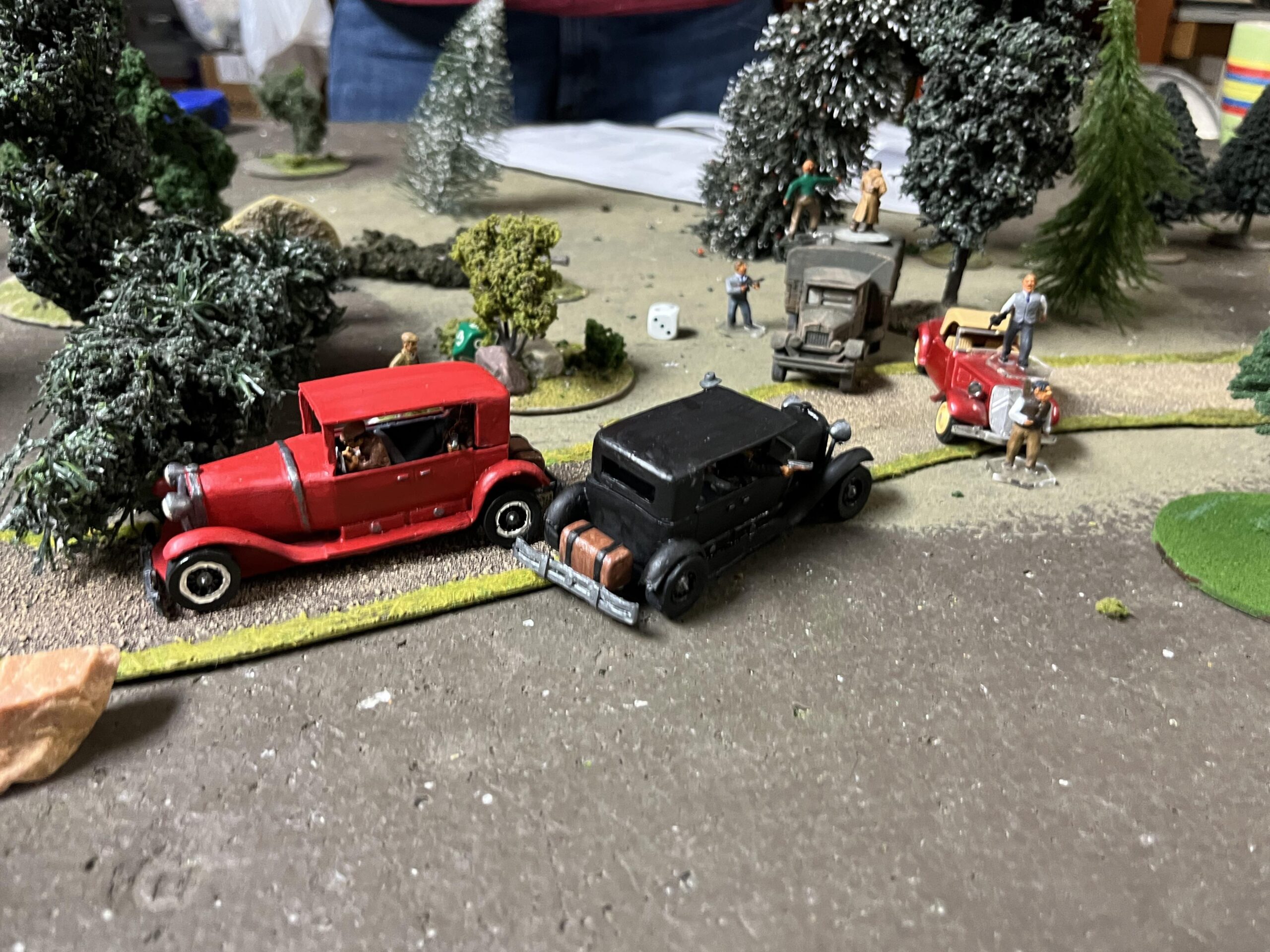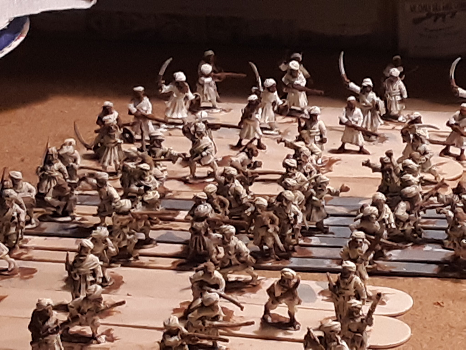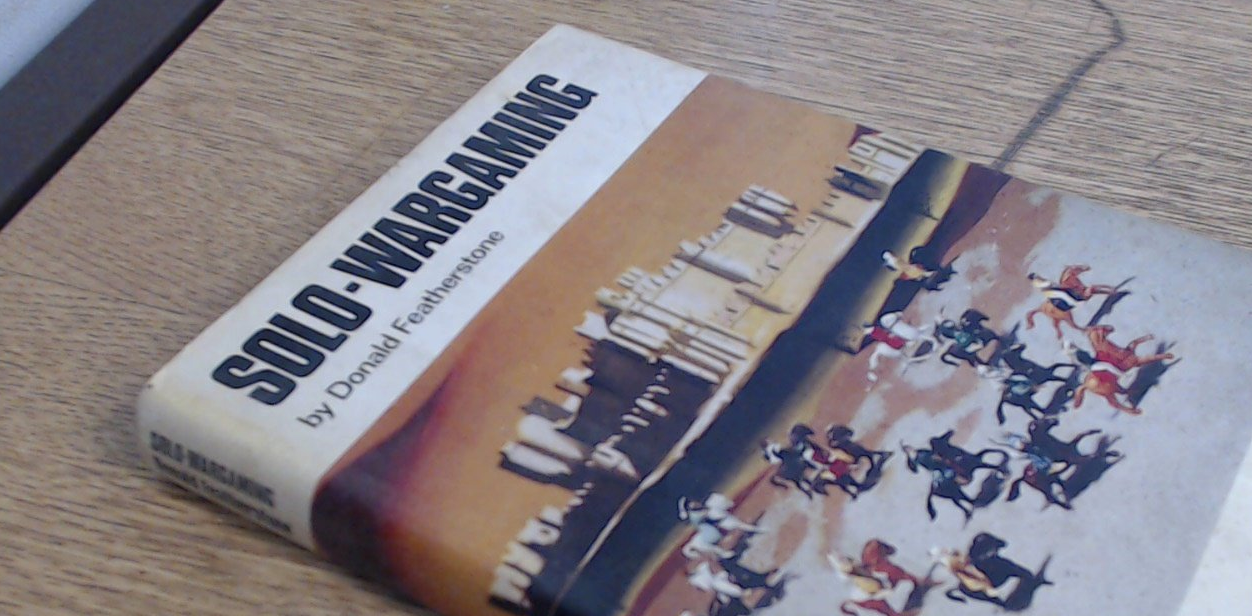Modern conflict wargaming focuses on simulating warfare and conflicts that have taken place in the modern era, typically from the mid-20th century to the present day. This genre allows players to explore the dynamics, strategies, and challenges of warfare in contemporary settings. Here are some key aspects of modern conflict wargaming:
Historical Periods: Modern conflict wargaming covers a broad range of historical periods, including post-World War II conflicts, the Cold War era, regional conflicts, insurgencies, and contemporary warfare. Each period offers unique military technologies, tactics, and geopolitical dynamics.
Realistic Unit Types: Wargames in this genre feature realistic representations of modern military units and equipment. This includes infantry squads, armored vehicles, aircraft, naval vessels, special forces units, and support elements. Players command and maneuver these units on the battlefield, taking into account their capabilities and limitations.
Modern Tactics and Doctrine: Modern conflict wargaming incorporates the tactics and doctrine employed in modern warfare. This includes concepts like combined arms operations, asymmetrical warfare, counterinsurgency tactics, urban warfare, air support, and electronic warfare. Players must adapt their strategies to utilize modern tactics effectively.
Technological Advancements: Modern conflict wargaming reflects the impact of advanced military technologies on the battlefield. This includes the use of sophisticated firearms, guided missiles, drones, cyber warfare, and communication systems. The capabilities and limitations of these technologies are often simulated in game play.
Command and Control: Modern conflict wargaming often includes rules for command and control, simulating the challenges faced by modern commanders. Players must manage their forces, issue orders, coordinate joint operations, and deal with communication limitations. Effective command decisions can greatly influence the outcome of battles and missions.
Terrain and Environments: Modern conflicts occur in diverse terrains and environments, including deserts, jungles, urban areas, mountains, and maritime domains. Wargaming rules incorporate the impact of terrain on movement, cover, line of sight, and tactical considerations. Players must adapt their strategies to leverage the advantages or overcome the challenges posed by specific environments.
Geopolitical Considerations: Modern conflict wargaming often involves geopolitical considerations, reflecting the influence of politics, alliances, and strategic objectives. Players must consider the larger context in which conflicts occur, including the impact of diplomacy, intelligence, and the broader strategic goals of the factions involved.
Scenario Customization: Modern conflict wargaming allows for scenario customization, providing players with the flexibility to recreate specific battles, conduct hypothetical conflicts, or engage in strategic planning exercises. This allows for a wide range of game play experiences, from small-scale tactical engagements to large-scale combined arms operations.
Modern conflict wa gaming offers an immersive experience, allowing players to engage with the challenges and complexities of warfare in the modern era. Whether exploring historical conflicts, simulating hypothetical scenarios, or conducting strategic planning exercises, modern conflict wargaming provides a platform for strategic decision-making, tactical planning, and understanding the complexities of contemporary warfare.
Who Makes Modern Conflict Wargaming Miniatures? | Rules for Modern Conflict Wargaming
Back to: Modern Wargaming



